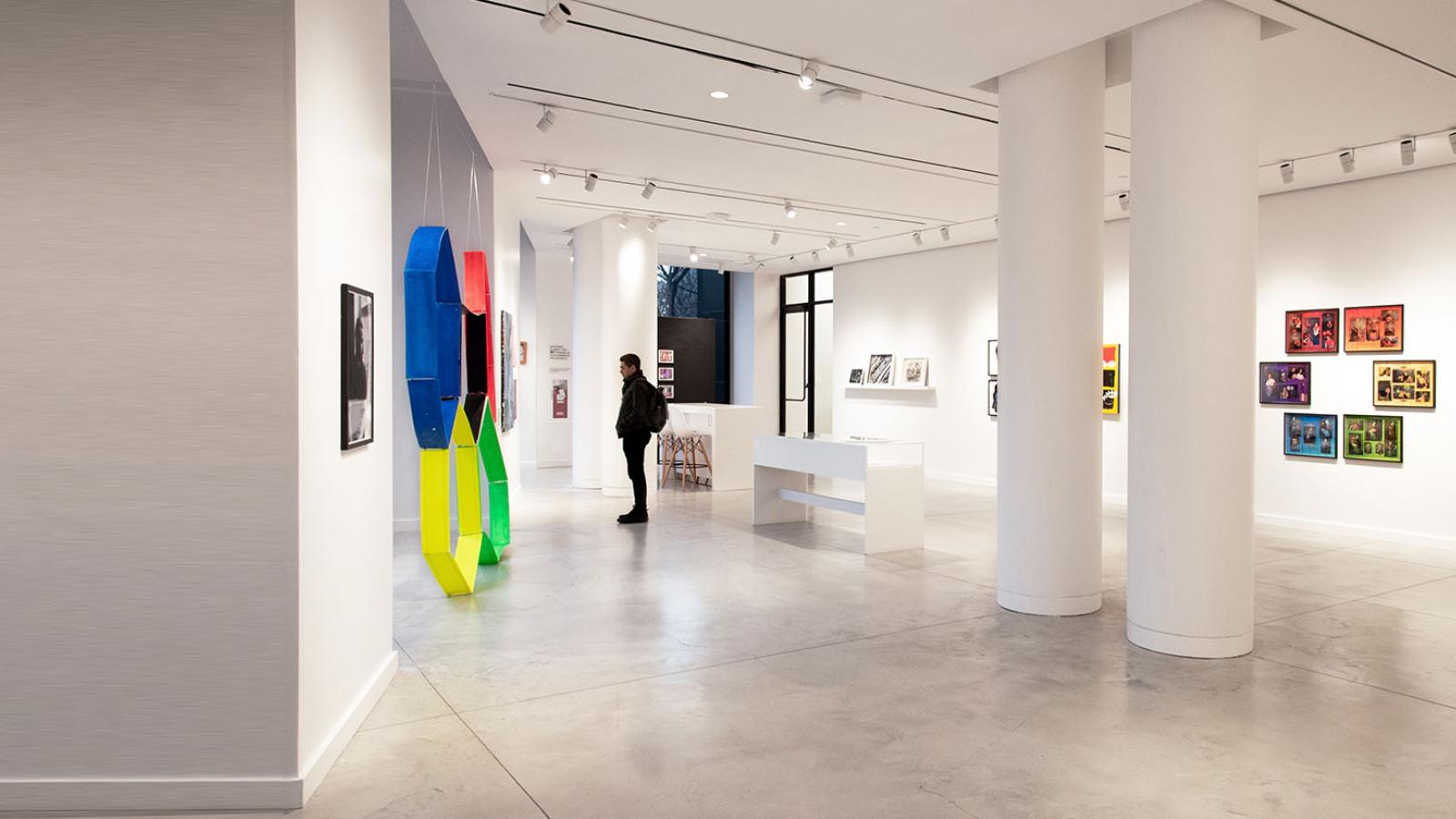This exhibit was on view June 1–September 17, 2021
Director's Note
This exhibition was originally scheduled to open in June 2020 in the Birnbaum Library at 1 Pace Plaza. As with many things, it was moved online to the gallery website due to the CoVID-19 pandemic. I am so pleased that we are now also able to share this wonderful show with in-person audiences here at the Pace University Art Gallery. I hope you’ll come see it while it is on view through September 17.
Sarah Cunningham
Art Gallery Director, Pace University, June 2021
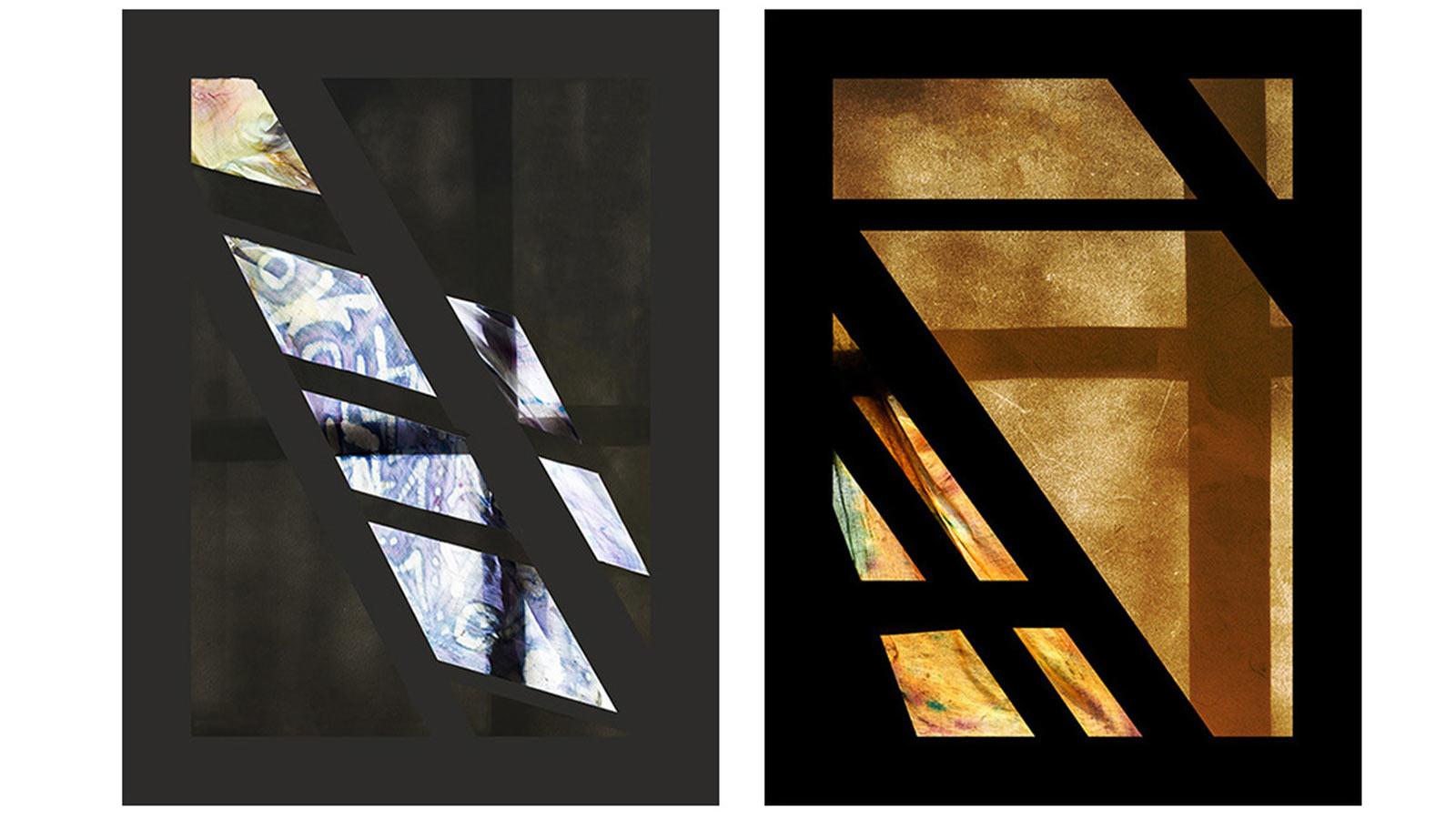
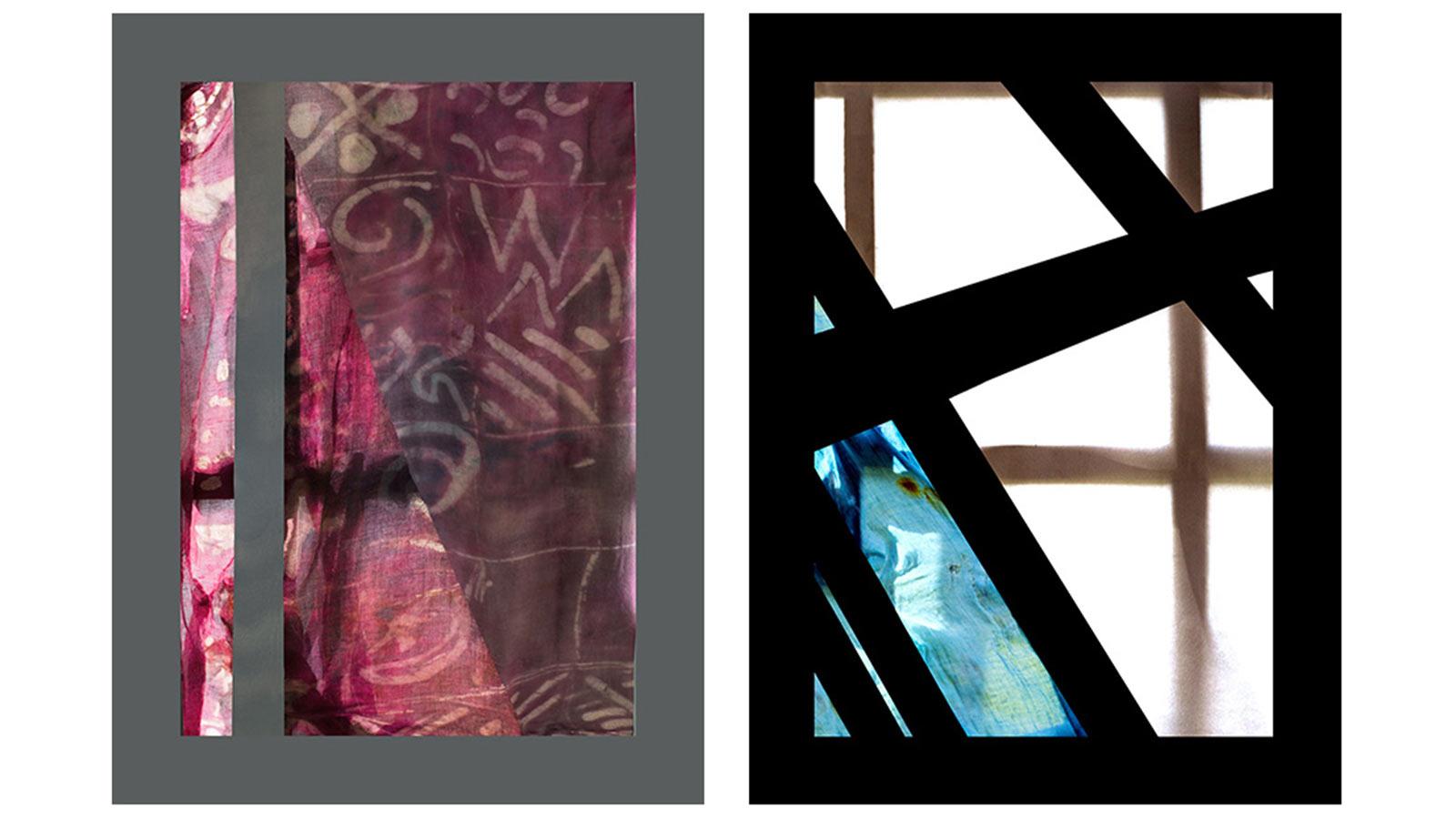
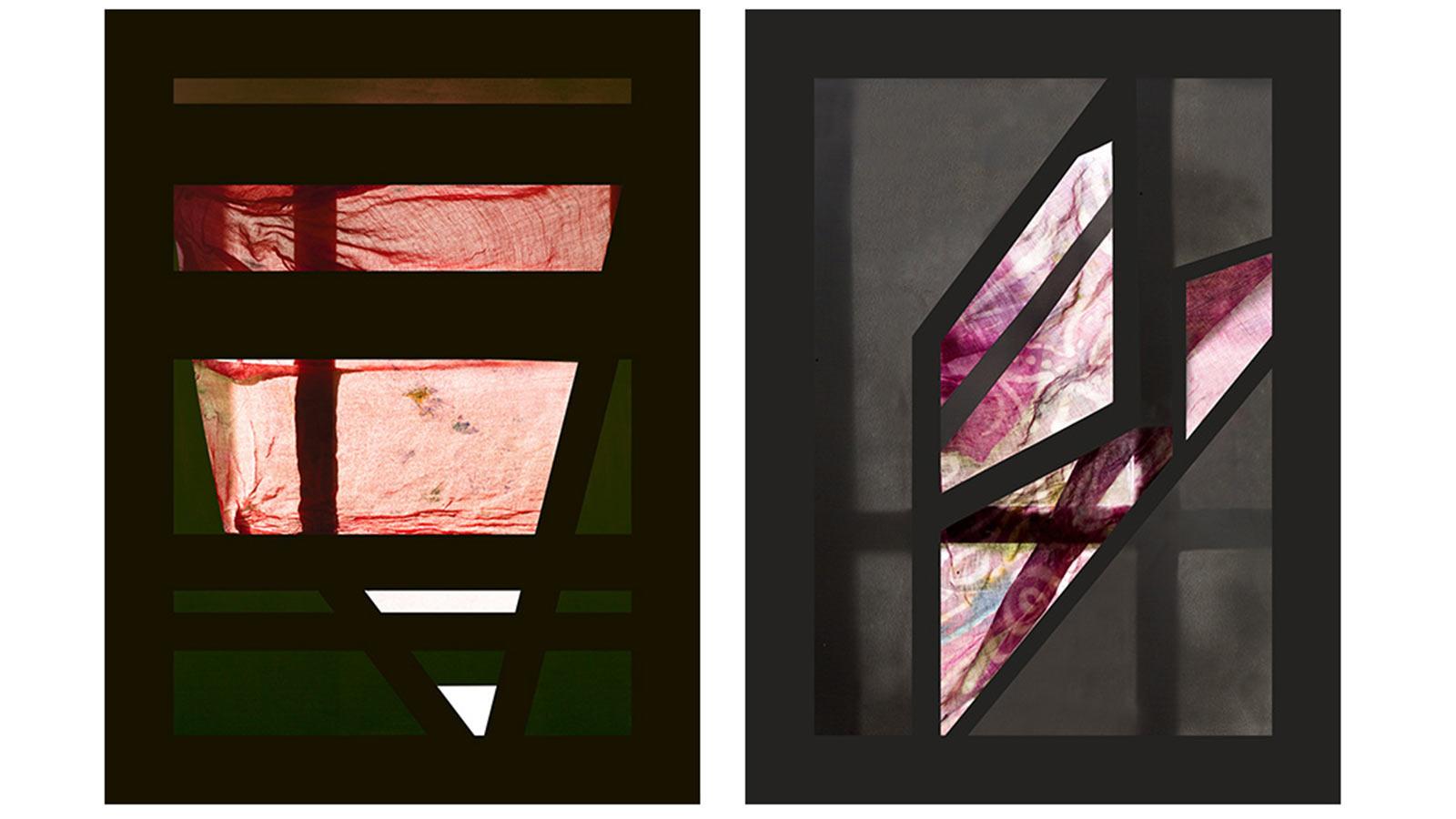
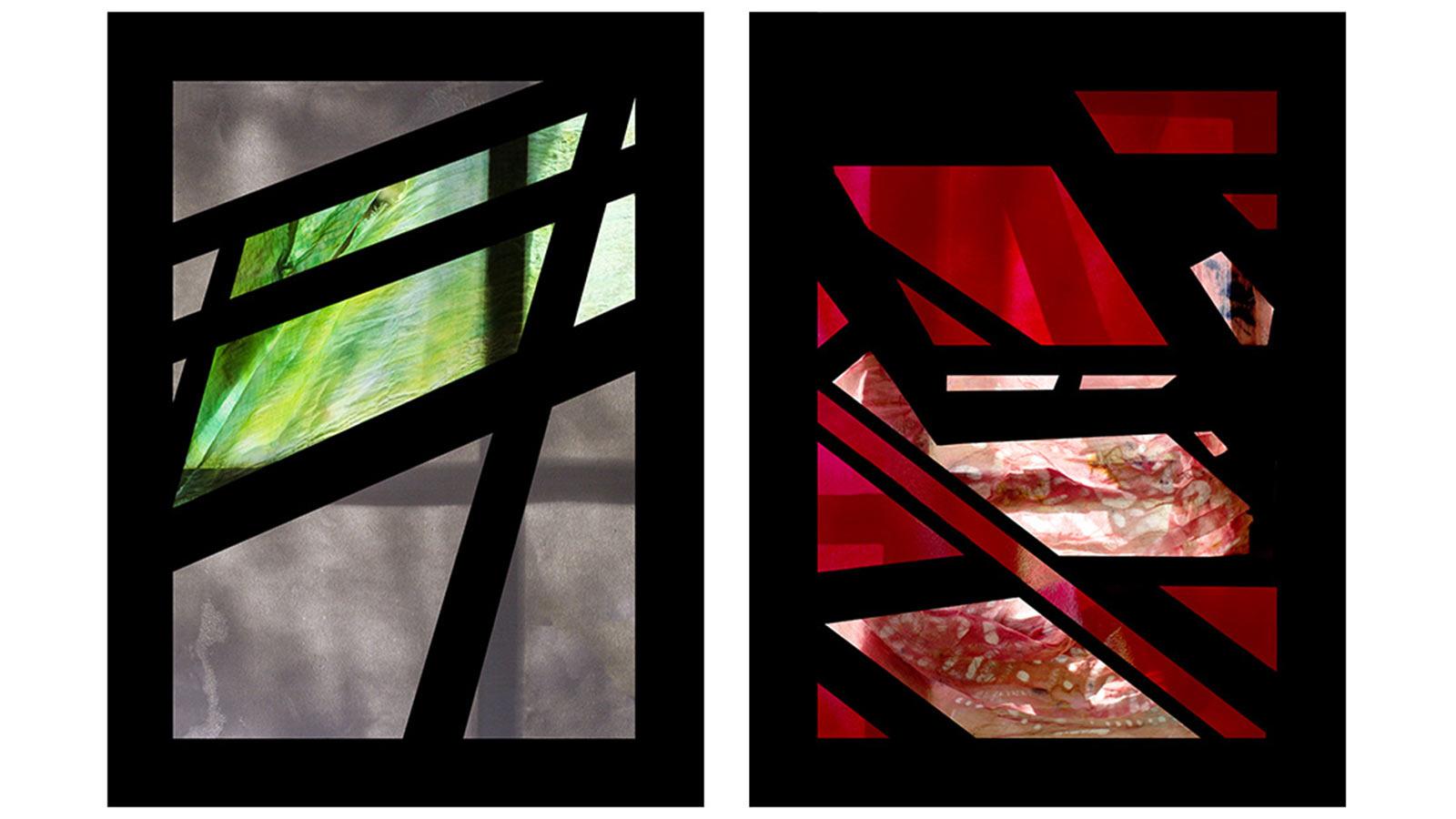
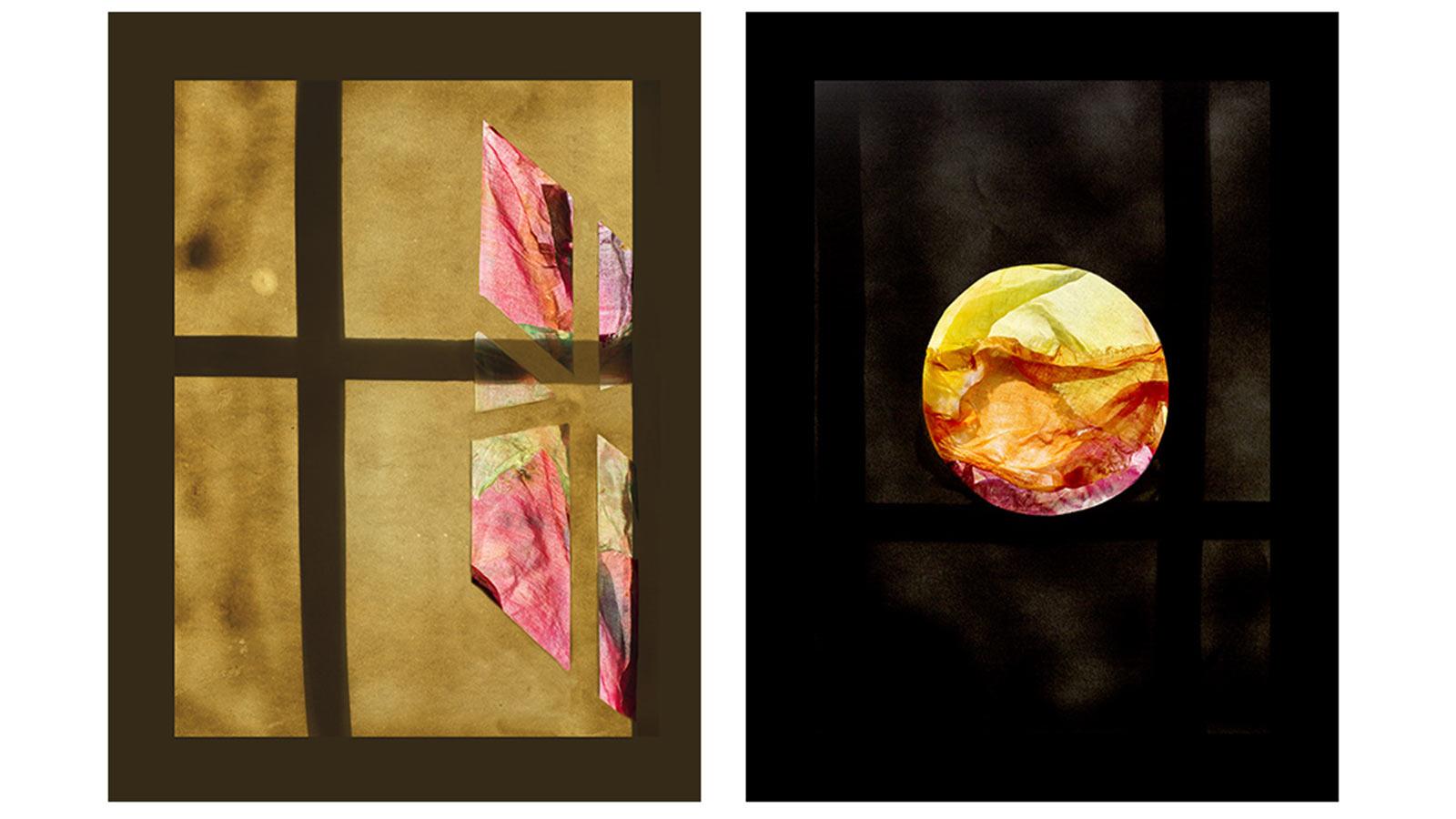
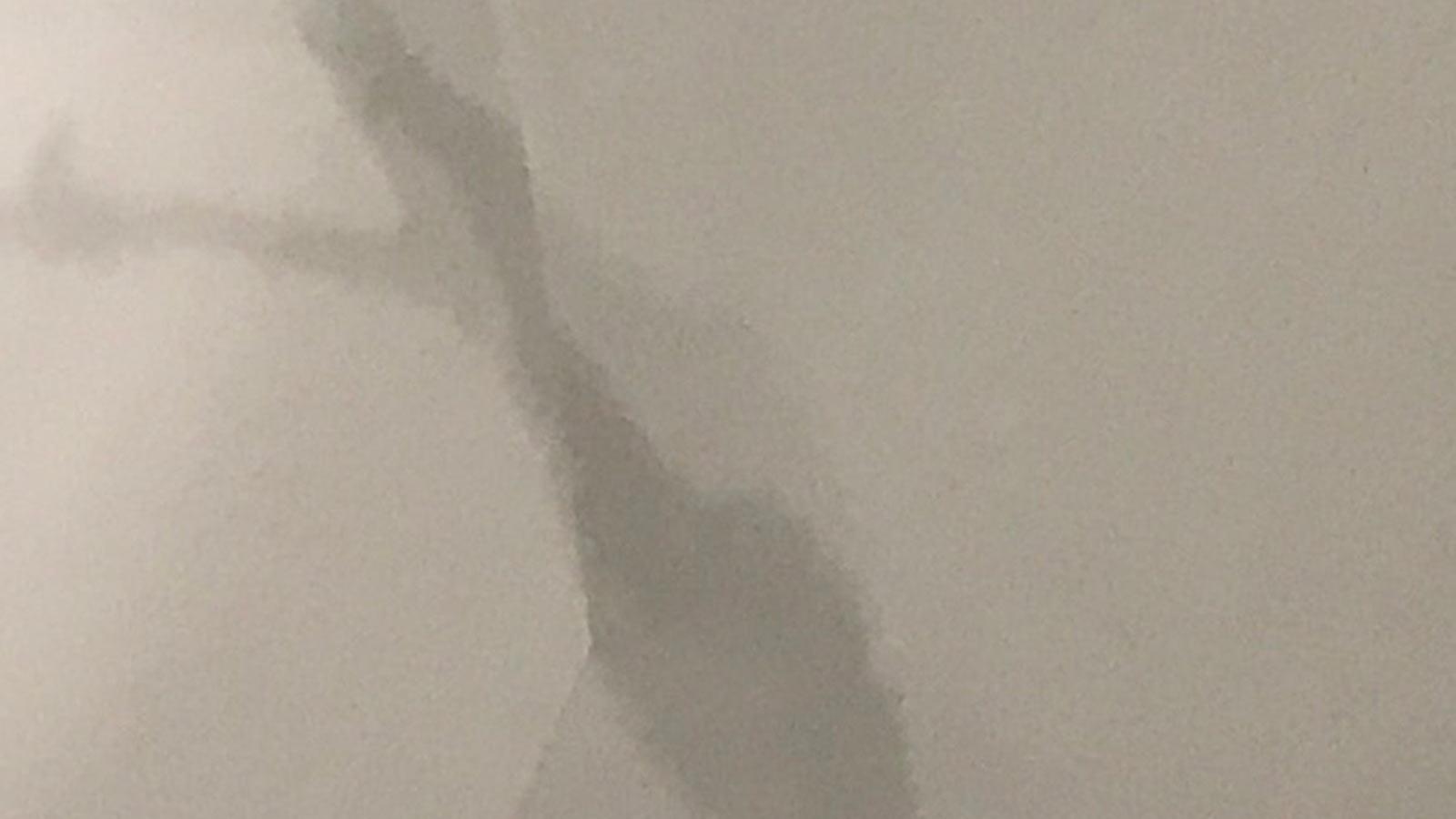
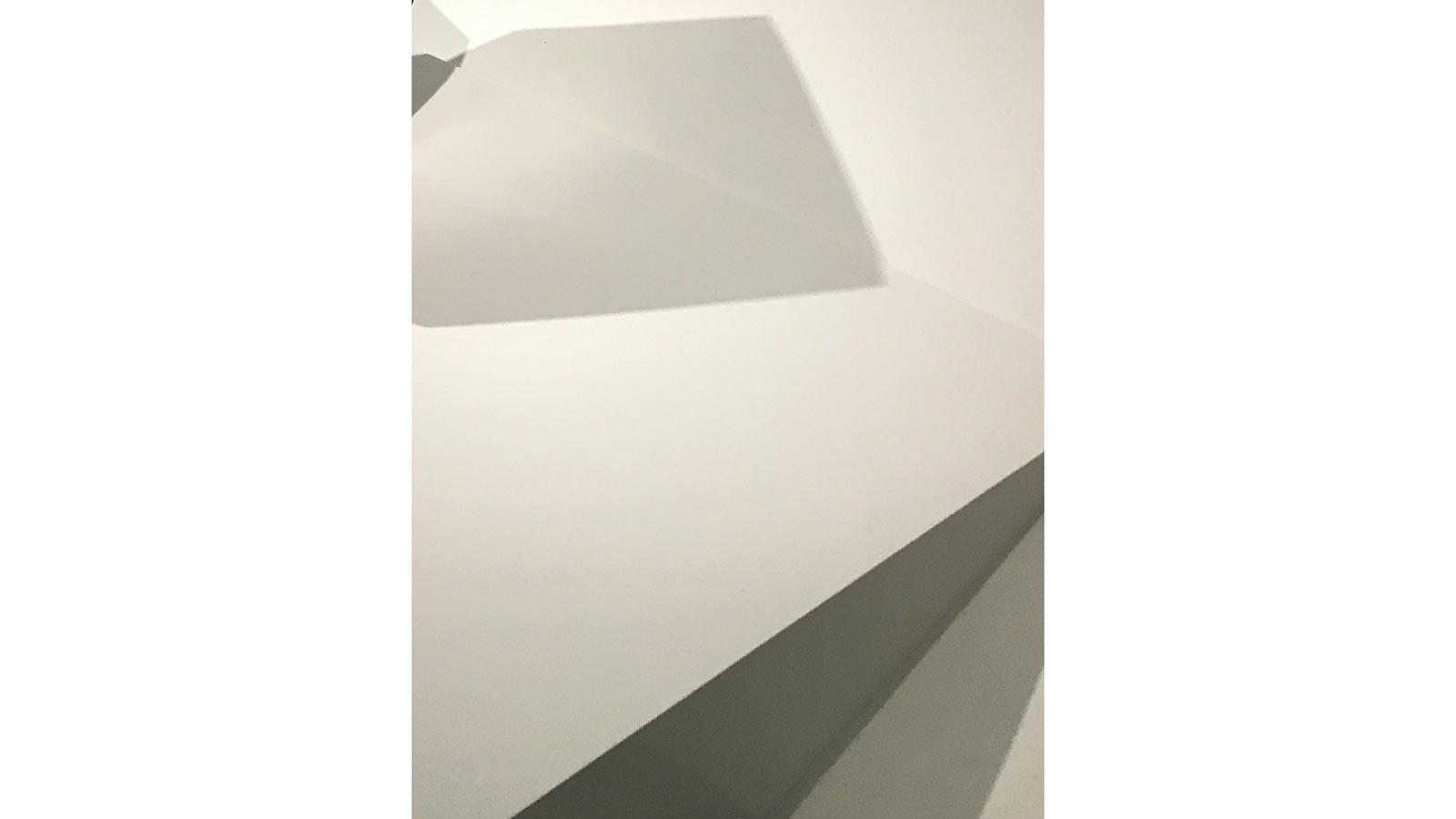
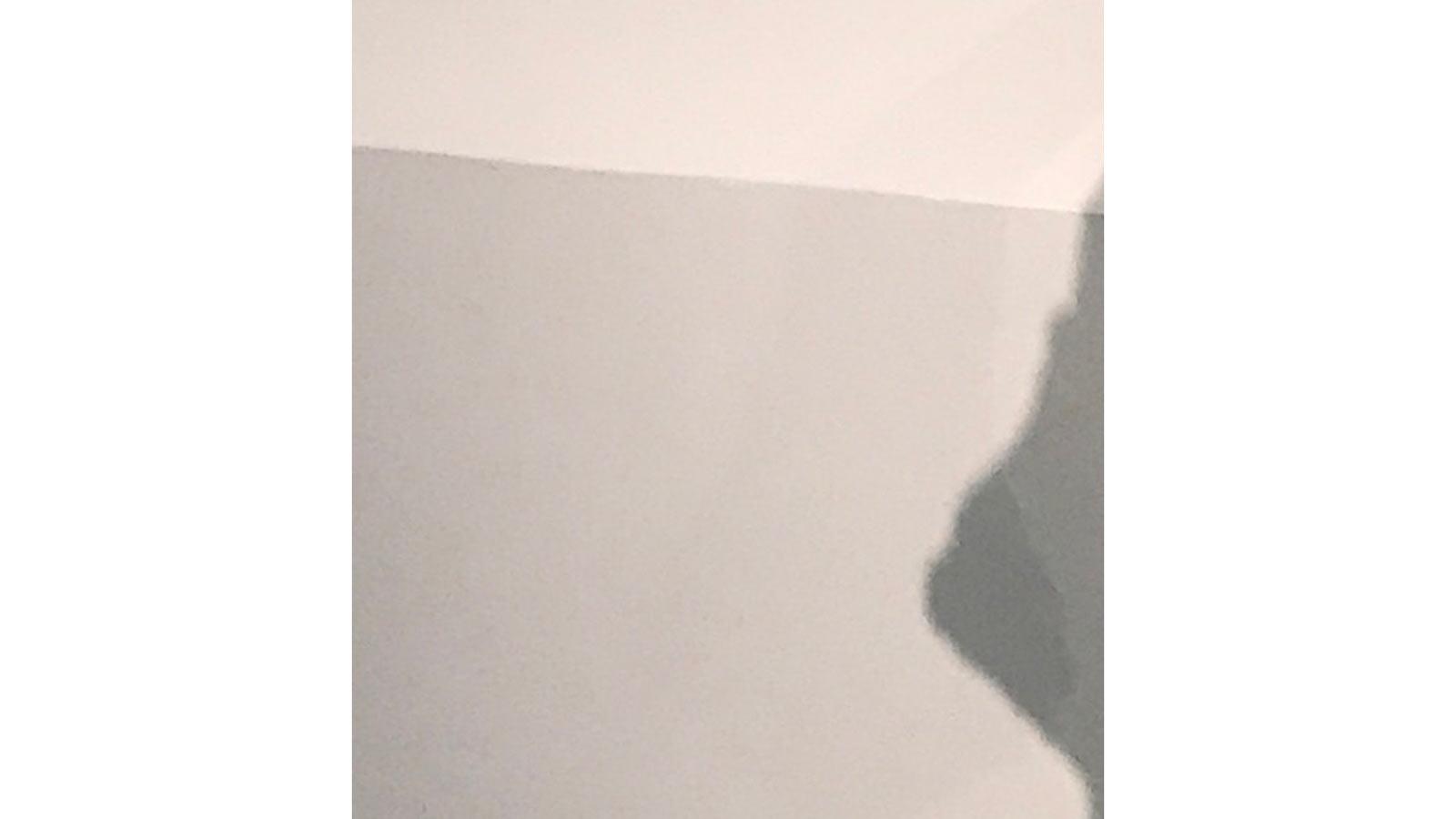
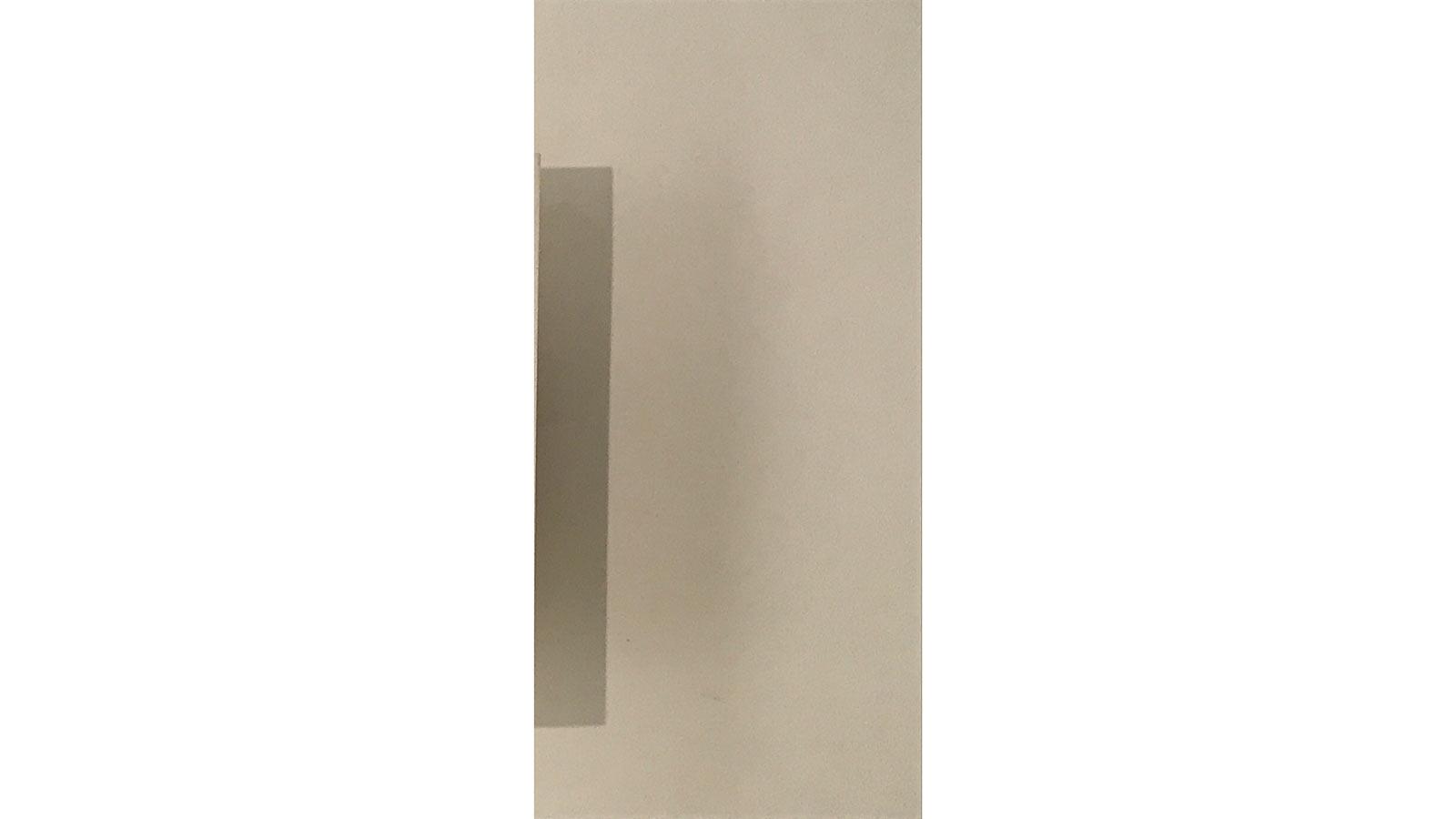
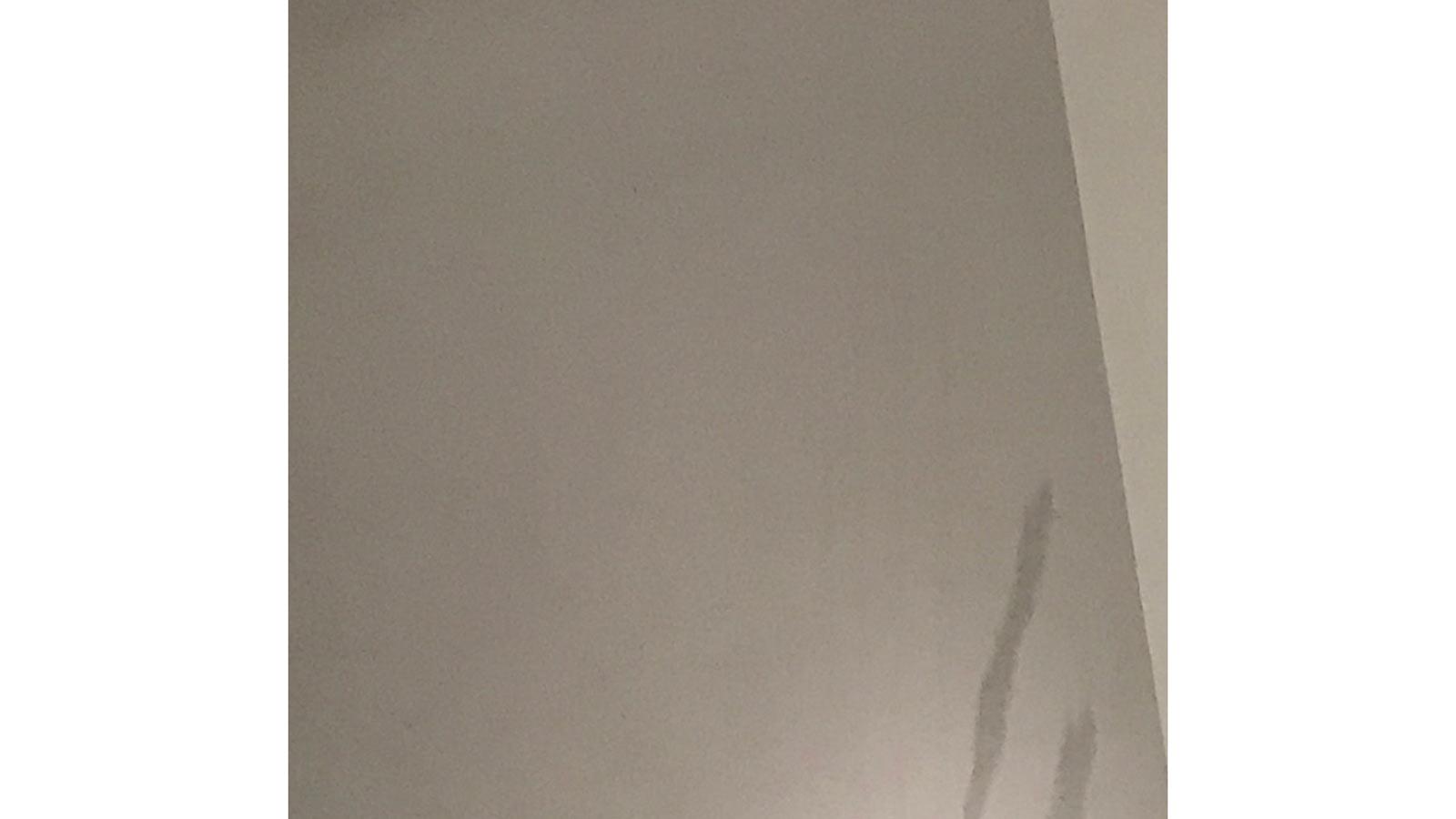
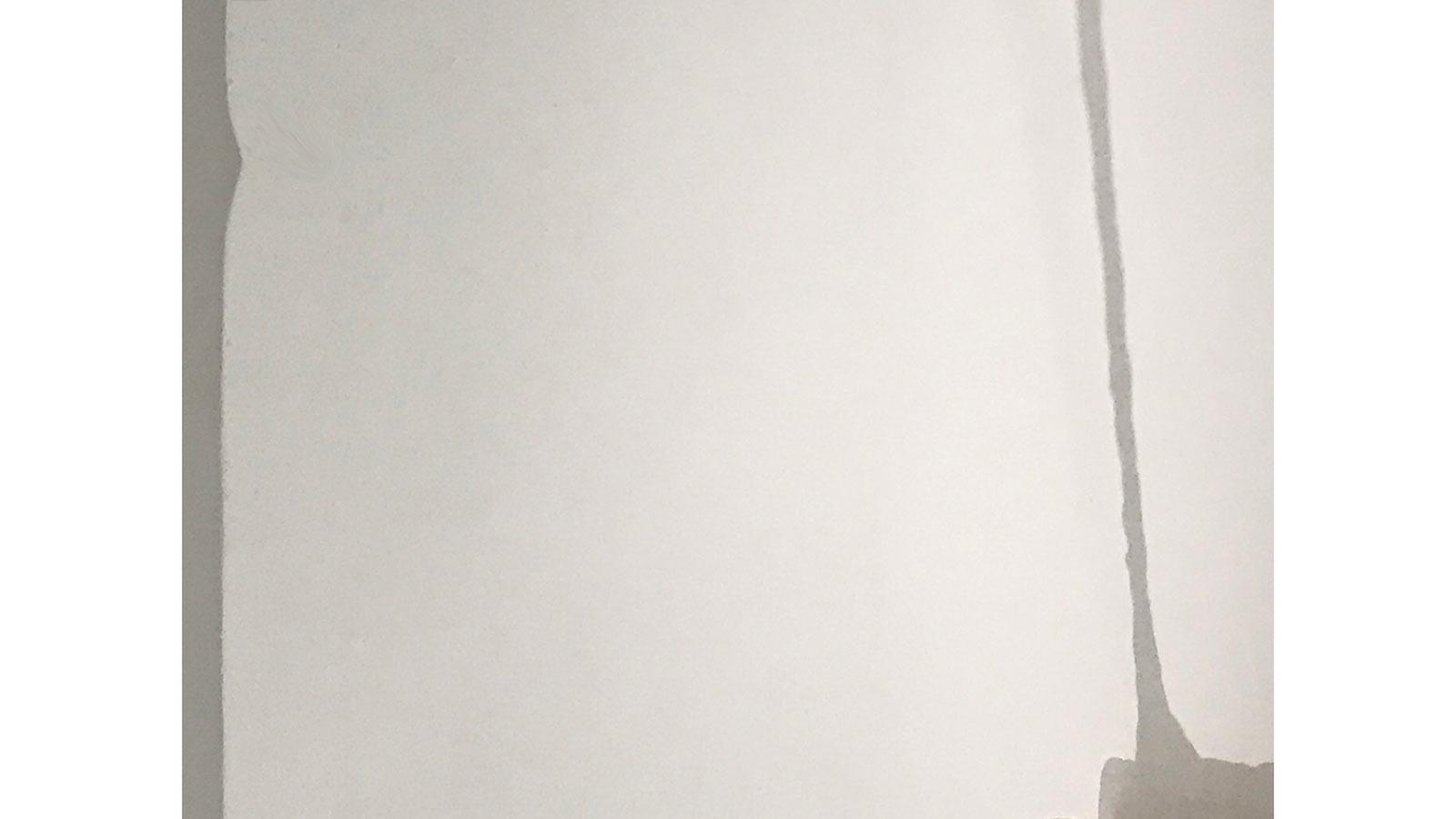
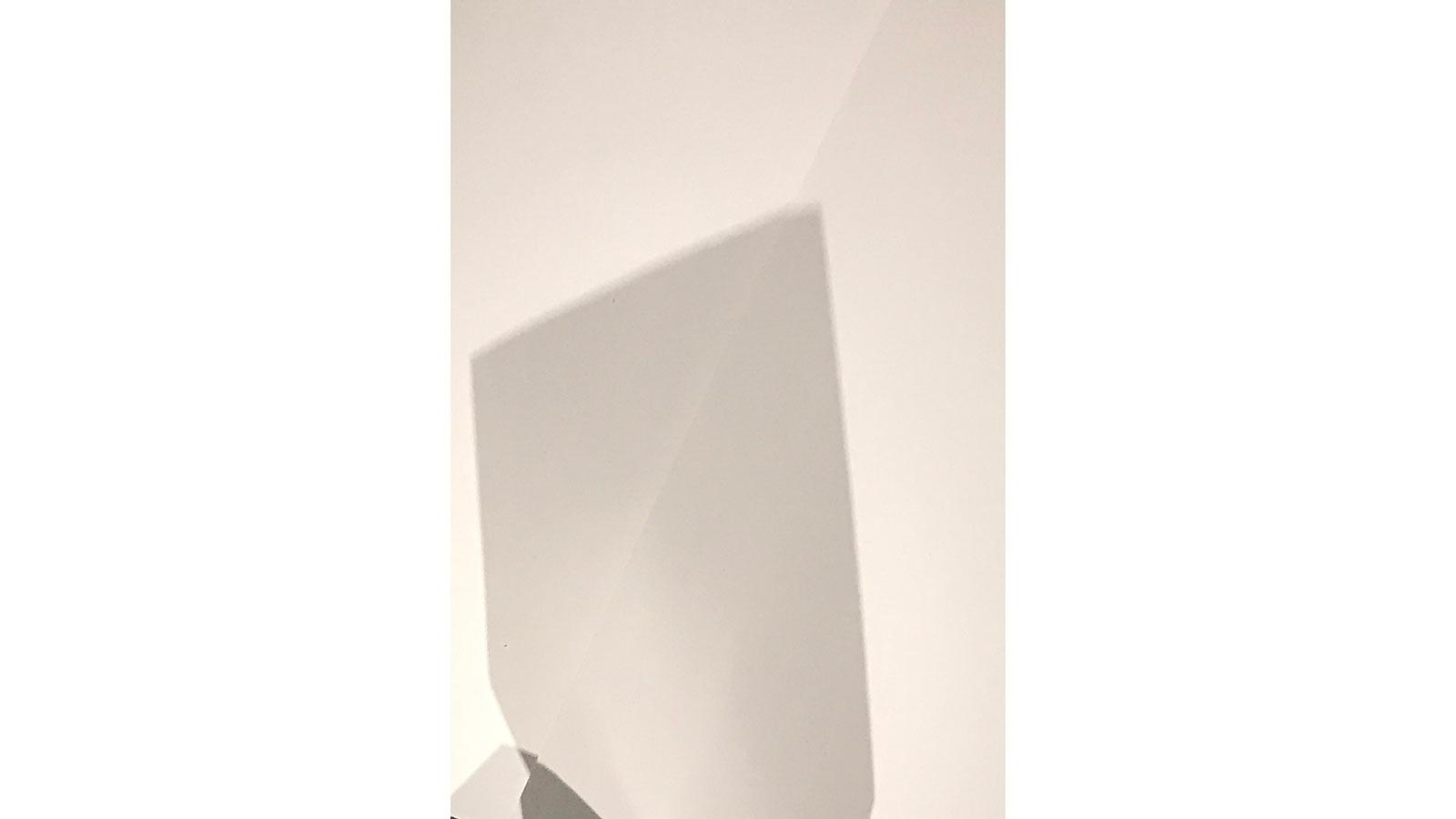
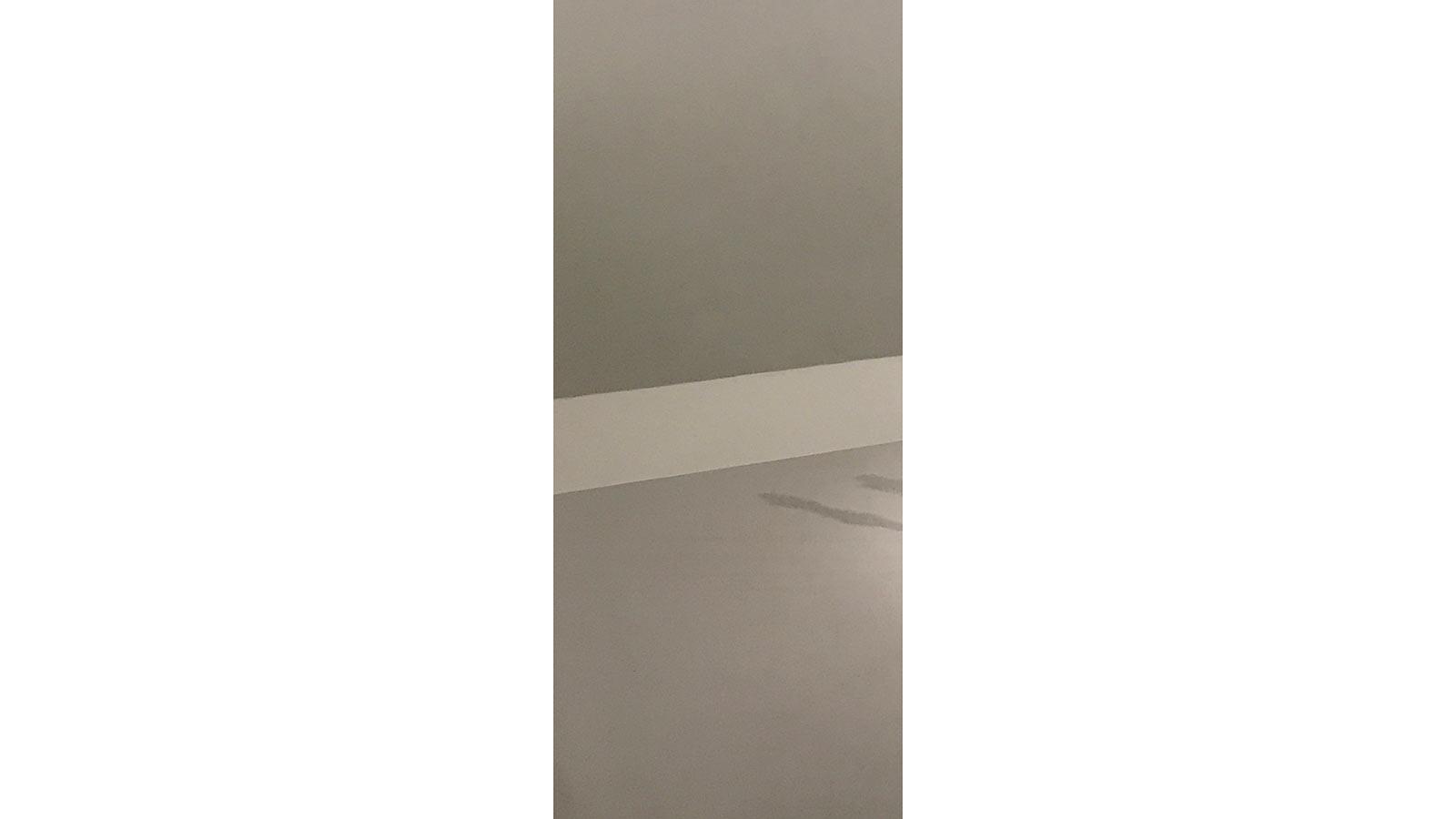
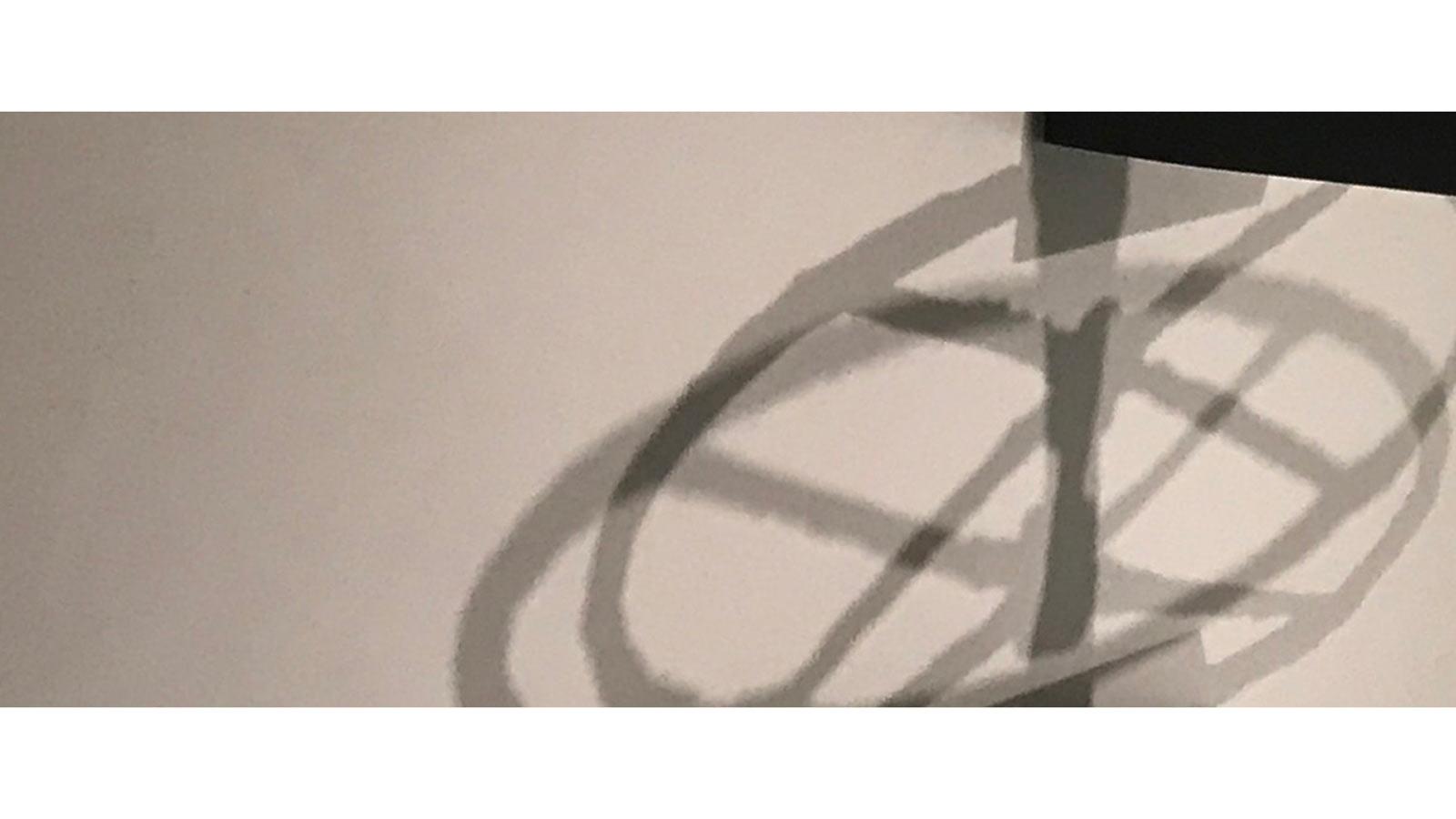
Ashleigh Deosaran
Ten Woven Windows (Series), digital photography, 2019–2020
Ashleigh Deosaran
Ten Woven Windows (Series), digital photography, 2019–2020
Ashleigh Deosaran
Ten Woven Windows (Series), digital photography, 2019–2020
Ashleigh Deosaran
Ten Woven Windows (Series), digital photography, 2019–2020
Ashleigh Deosaran
Ten Woven Windows (Series), digital photography, 2019–2020
Alexandra Gauss
Untitled (series), digital photography (taken with an iPhone 7), 2018
Alexandra Gauss
Untitled (series), digital photography (taken with an iPhone 7), 2018
Alexandra Gauss
Untitled (series), digital photography (taken with an iPhone 7), 2018
Alexandra Gauss
Untitled (series), digital photography (taken with an iPhone 7), 2018
Alexandra Gauss
Untitled (series), digital photography (taken with an iPhone 7), 2018
Alexandra Gauss
Untitled (series), digital photography (taken with an iPhone 7), 2018
Alexandra Gauss
Untitled (series), digital photography (taken with an iPhone 7), 2018
Alexandra Gauss
Untitled (series), digital photography (taken with an iPhone 7), 2018
Alexandra Gauss
Untitled (series), digital photography (taken with an iPhone 7), 2018
View the Sights Unseen catalog (PDF)
This two-person alumnae show, Sights Unseen, could also be called “Sites Unseen.” Deploying different signs, both bodies of work represent the limits of vision and consider how we see the unseen as simultaneously orienting and disorienting.
Ashleigh Deosaran’s photographs depict boundaries, limits, and obstructions. Her high-contrast, graphic images are in your face, as are the window guards that they depict. These windows are made to signify that through which nothing passes, not even sight. As Deosaran explains, these architectural interventions frustrate a viewer’s access to a commodified view of the Caribbean. And if Deosaran shows barriers to vision that work when you’re straining to look, Gauss’s shadows – vaguely demarcated blanks – present what you see without looking. Her photographs contain what peripheral vision takes in, the sights off to the side of what you want to see. In this series about absence, with the central thing missing, Gauss is documenting, in her words, “a narrative of omission.”
Pace as a whole emphasizes cross-disciplinary learning and is an institution where dynamic conversations take place between disciplines. These two former students are compelling examples of how well the Art Department, in particular, coordinates with others. Deosaran had a double major in Art and Psychology while Gauss majored in English but double-minored in Fine Art and Photography, and worked at Pace’s Art Gallery. I got to know Gauss in the painting and drawing classes she took from me. Reading in her statement that she spent the whole day getting up the Guggenheim’s spiral, I’m reminded of how deeply I responded to the recurring spirals in the elusive, fluid paintings and drawings she made in my courses. Then, a few years after Gauss graduated, I supervised Deosaran’s senior Honors thesis. I especially loved the analogy she drew in the thesis between her sculptural installation’s journey from Trinidad and the trip every immigrant makes. This lyrical, yet starkly incisive, sensibility also appears in her contribution to this exhibition.
It’s gratifying that these Pace graduates both went on to earn further degrees at excellent institutions (Deosaran at Columbia, Gauss at Brown) and equally gratifying that they speak so fondly of their formative years at Pace. We, in turn, are lucky to have this opportunity to see where they have taken their visions.
Barbara Friedman
Professor of Art
Pace University
June 2020
Artists' Statements and Biographies
Ashleigh Deosaran
Artist Statement
These prints are architectural interventions used to manipulate the light and shadows formed by large windows throughout my home in Trinidad. The compositions obscure the view of the world outside, but allow varying degrees of sunlight to pierce through layered materials, including spray-painted paper, acrylic paint, batik-dyed fabric, and grids of metal bars welded into the window frames. Barred windows can be found in many Caribbean homes; this burglar-proofing is considered a necessary architectural fortification against invasion.
The series of geometric abstractions, inspired by the shadows of the metal grids, were placed against the windows to block the view from inside and then photographed. Thereby, the works preclude the viewer’s access to the natural environment, an often-sanitized and commodified element of the Caribbean. By overwriting the view from the windows, the works disrupt the historic representation of the tropics as paradisiacal, pristine, and even uninhabited spaces, ranging from colonial landscape paintings to early 20th century photography and tourism industry marketing. Instead, the series offers a more complex, less exoticizing visual representation of the environment by highlighting the historically and socially-mediated interface between nature and architecture in a contemporary Caribbean context.
Given the global afflictions at the fore—both the current Coronavirus pandemic and the 400+ year brutalization of black bodies—the symbol of the covered-up or secured window has become more prominent. This work begs the question; from whom do barred and boarded-up windows protect when the more immediate and insidious perpetrators of violence—our own supremacist and colonial attitudes—already live within? From the physical windows of our homes to the digital windows on our screens, we have collectively looked out at the world around us and borne witness to acts of unthinkable state-sanctioned violence. We have also witnessed the superhuman courage and indefatigable spirit of those who seek justice. I urge the viewers of this series to re-assess their definitions of danger and criminality in a world wherein the legacies of white supremacy and colonialism form the foundation of the law itself.
Biography
Ashleigh Deosaran (b.1992, Trinidad and Tobago) is a multidisciplinary artist, writer and curator. She is currently based in New York City, where she earned her B.A. in Fine Arts & Psychology from Pace University (’16), and her M.A. in Modern Art: Critical and Curatorial Studies at Columbia University (’19). She researches contemporary Latinx art with a focus on the archipelagic Caribbean, often through the lens of queer theory, post-colonial thought, and/or diasporic studies. Her work has been exhibited and published in the United States and the Caribbean. She is currently interested in futurity, science/fiction, and technology in contemporary Latin American and Caribbean art.
Alexandra Gauss
Artist Statement
I had been writing, indirectly, of Giacometti's Woman with Her Throat Cut. I was writing a sprawling thing with some gaping absence in the middle. There was a juxtaposition of distortion and displacement, a narrative of omission, a wound exposed, voices overlapping, a mouth breathing the air of preserved terror and likewise of terror persisting.
I was writing a dreamhouse with a garden. A statue in a town square. A body found at the bottom of a flight of stairs. Like a jack toy. Like a twisted monolith. In those pages, there was always the sea nearby—but just out of frame. The central thing missing.
Would we be able to see the sea from here if it was not night?, a voice asks at one point.
There are many places to sleep in this house, another says.
At the last possible weekend, I took the train into the city to see the Giacometti exhibit at the Guggenheim in 2018. It was crowded. I took my time up the spiral; it took all day. I took photos on my iPhone.
Chance-like, soft, ephemeral—I think Barbara used the word fugitive at one point. But why just the shadows?, a voice asks. I aim my severe and calculating eye like a target on a little moment, off-center. People are walking by. Alec calls, There’s a bar near Grand Central. How’s 7?
And the Giacomettis—just out of frame. I wonder, Can their own shadows speak for them in some way? Them: textured surfaces, emaciated bodies, a sorrow arranged, made central—but yet, here, out of frame.
Would we be able to see the sea from here if—?
Or, what it might take; and from whom.
Meagan says I should write a noir about shadows, with the images as the clues. A whodunit. But real abstract, she says.
There are in those pages and in these images, for me at least, some mysteries: whose voice is speaking at what point, and if the point is a fixed coordinate; which shadows are cast by which sculptures, and if they render the thing unrecognizable—these kinds of severings and belongings—I sometimes can't tell either.
Biography
Alexandra Gauss is a writer and artist, currently based in Providence, Rhode Island. She earned a BA in English with minors in Fine Arts, Photography, and Creative Writing from Pace University (‘10) and an MFA in Literary Arts from Brown University (‘15). While attending Pace from 2006–2010, she worked at Pace’s Art Gallery. Her work has appeared in BOMB, Bat City, and other publications. She was the winner of BOMB's 2019 Fiction Contest and currently works as a librarian while completing an MS in Library Science at Simmons University in Boston.
